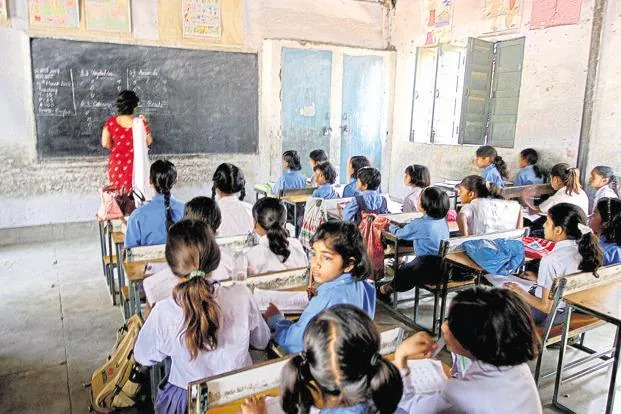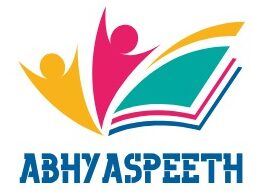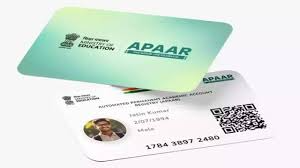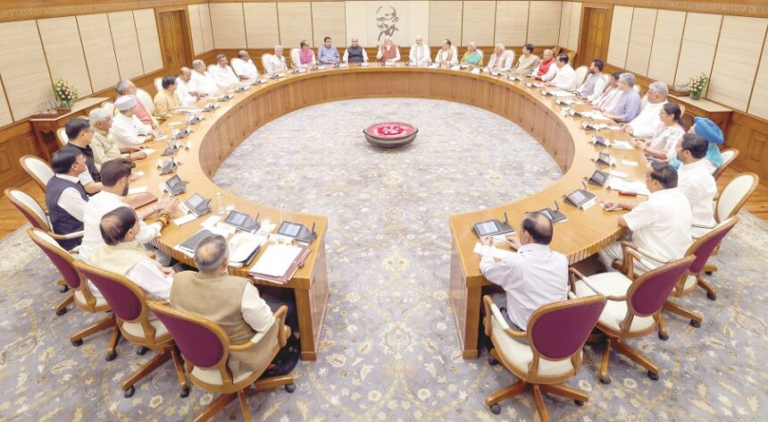
Beginning with the 2025–26 academic year, all Marathi and English-medium schools in Maharashtra will be required to introduce Hindi as the third language for students from Classes 1 to 5. This decision aligns with the three-language policy outlined in the National Education Policy (NEP) 2020, and marks a departure from the current two-language framework followed in these schools.
The Maharashtra School Education Department issued a Government Resolution (GR) confirming the phased implementation of the new language curriculum. Schools that already follow the three-language model—primarily those not using Marathi or English as the medium of instruction—currently teach English, Marathi, and the regional medium language. Now, Marathi and English-medium institutions will also be required to add Hindi to the roster.
In line with NEP’s structural reforms, the education system will also adopt the 5+3+3+4 format:
Foundational stage (Pre-primary to Class 2)
Preparatory stage (Classes 3 to 5)
Middle stage (Classes 6 to 8)
Secondary stage (Classes 9 to 12)
The changes will start from Class 1 in 2025, with new textbooks being prepared by Balbharati, Maharashtra’s textbook development bureau. These materials are being revised to reflect NCERT guidelines, adapted to Maharashtra’s linguistic and cultural context.
To ease students into the new system, bridge courses will be introduced. These short-term modules will help children transition smoothly into the updated curriculum. The State Council of Educational Research and Training (SCERT) will oversee the training of anganwadi teachers and coordinate the rollout at the pre-primary level in collaboration with the Women and Child Welfare Department.
Another key reform under NEP being rolled out from 2025 is the introduction of the Holistic Progress Card (HPC). This evaluation tool will assess not only academics but also track personality traits, behavioural growth, and extracurricular achievements.
According to Rahul Rekhawar, Director of SCERT Maharashtra, the preschool syllabus is already finalised, and groundwork is being laid for successful implementation across all levels.
This comprehensive educational shift aims to enhance multilingual proficiency, standardise learning outcomes, and foster well-rounded student development from the earliest stages of schooling.
The Maharashtra School Education Department issued a Government Resolution (GR) confirming the phased implementation of the new language curriculum. Schools that already follow the three-language model—primarily those not using Marathi or English as the medium of instruction—currently teach English, Marathi, and the regional medium language. Now, Marathi and English-medium institutions will also be required to add Hindi to the roster.
In line with NEP’s structural reforms, the education system will also adopt the 5+3+3+4 format:
Foundational stage (Pre-primary to Class 2)
Preparatory stage (Classes 3 to 5)
Middle stage (Classes 6 to 8)
Secondary stage (Classes 9 to 12)
The changes will start from Class 1 in 2025, with new textbooks being prepared by Balbharati, Maharashtra’s textbook development bureau. These materials are being revised to reflect NCERT guidelines, adapted to Maharashtra’s linguistic and cultural context.
To ease students into the new system, bridge courses will be introduced. These short-term modules will help children transition smoothly into the updated curriculum. The State Council of Educational Research and Training (SCERT) will oversee the training of anganwadi teachers and coordinate the rollout at the pre-primary level in collaboration with the Women and Child Welfare Department.
Another key reform under NEP being rolled out from 2025 is the introduction of the Holistic Progress Card (HPC). This evaluation tool will assess not only academics but also track personality traits, behavioural growth, and extracurricular achievements.
According to Rahul Rekhawar, Director of SCERT Maharashtra, the preschool syllabus is already finalised, and groundwork is being laid for successful implementation across all levels.
This comprehensive educational shift aims to enhance multilingual proficiency, standardise learning outcomes, and foster well-rounded student development from the earliest stages of schooling.




